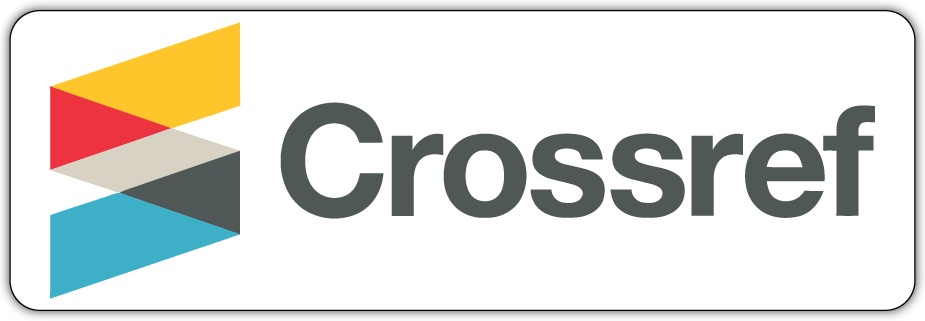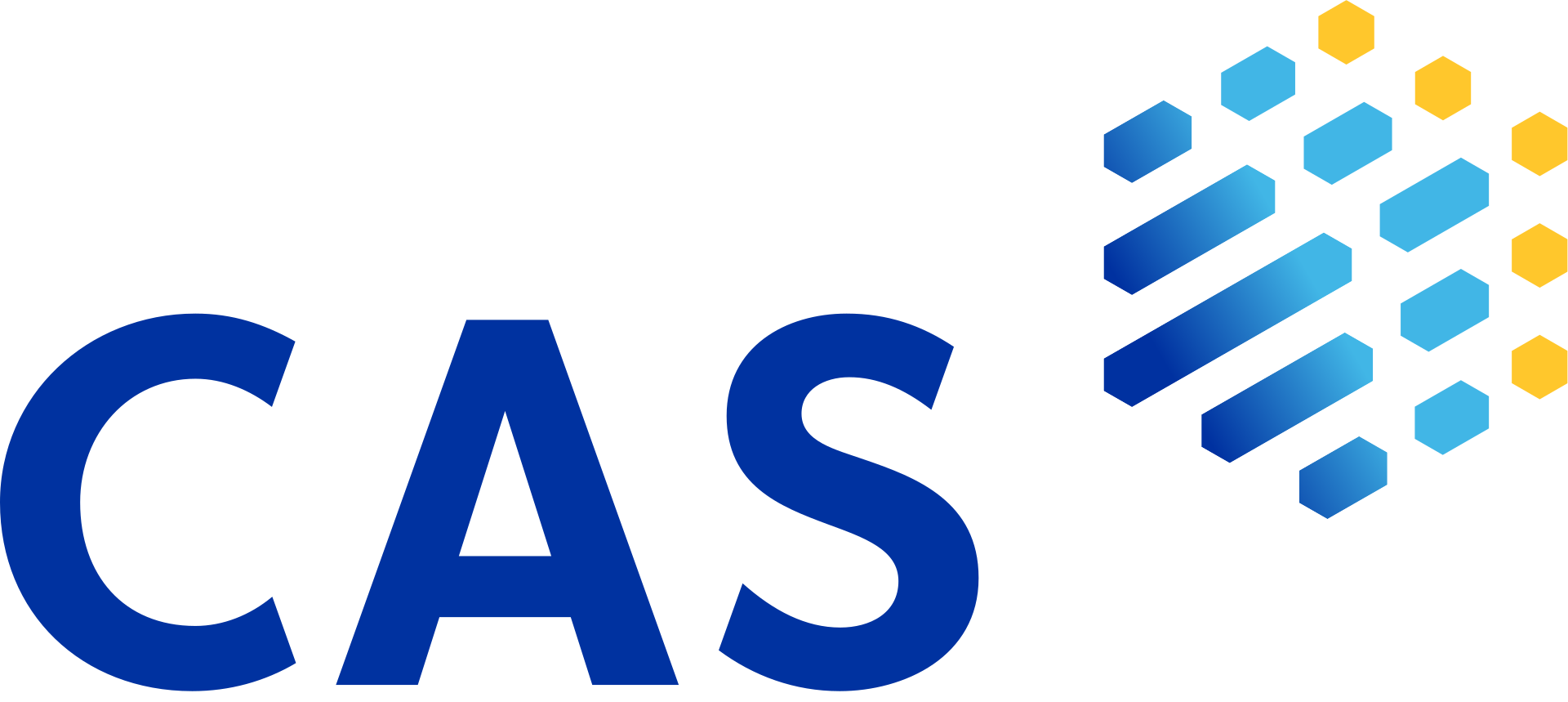The particle shape and size of the starting powders represent the most important physical properties, on which the quality of the compacts and final sintered products depends. Two types of powder were analyzed in the paper - electrolytic copper powder with a dendritic particle shape and water-atomized copper powder with an irregular particle shape. The starting powders were sieved through a sieve system with openings of 45 μm, 80 μm, and 120 μm. The characterization of the obtained fractions of both powders was performed by determining the shape and dimensions of the particles using SEM microscopy in combination with ImageJ software, and the apparent density and flow rate were determined using the Hall flowmeter funnel. Pressing of each powder fraction was done using a pressure of 600 MPa. The compacts were further sintered at 1000°C for 2 hours to obtain the final sintered parts. After sintering, their density, hardness, and electrical conductivity were determined and their microstructure was analyzed. The results indicate a great influence of the characteristics of the starting powders on the properties of the final parts obtained by the powder metallurgy route. The particle shape of the powders had a more pronounced influence compared to the particle size.











